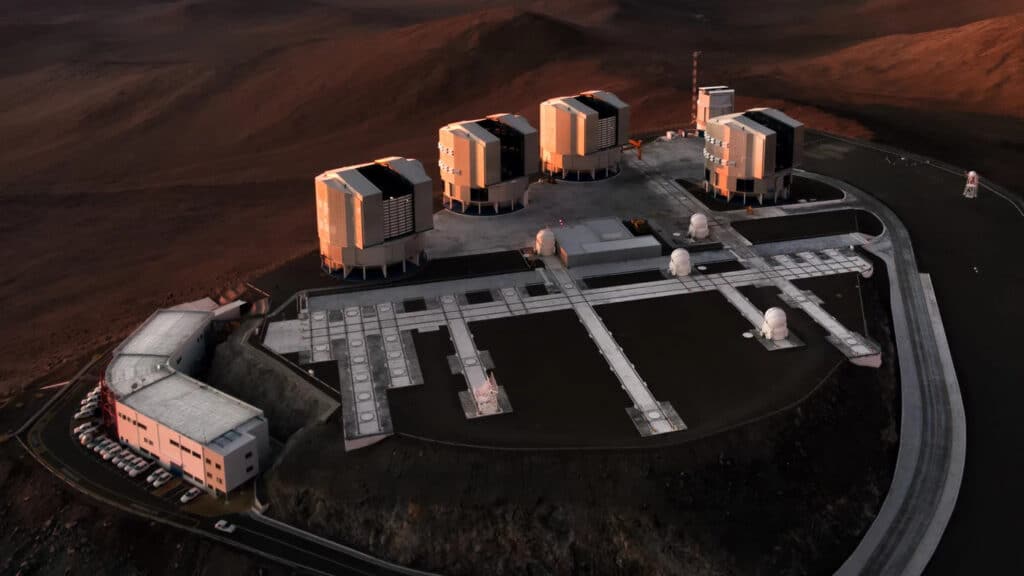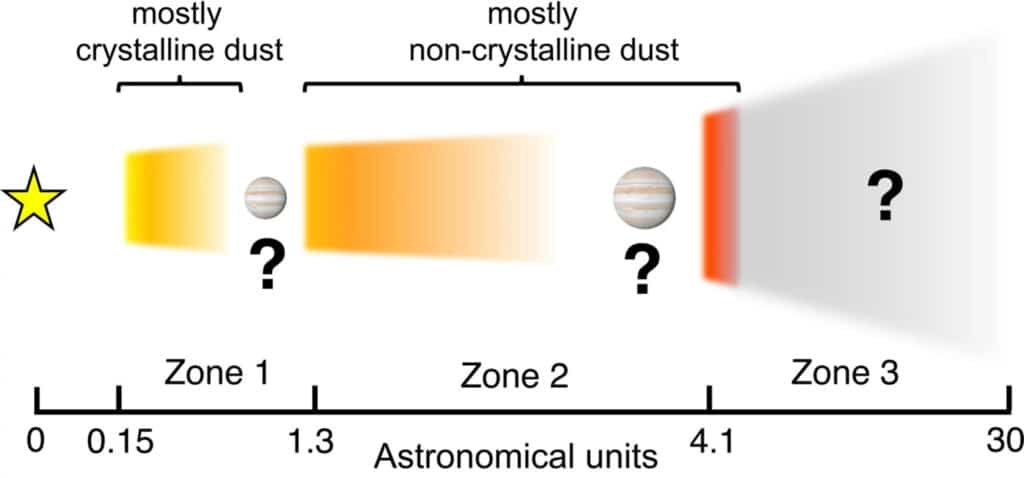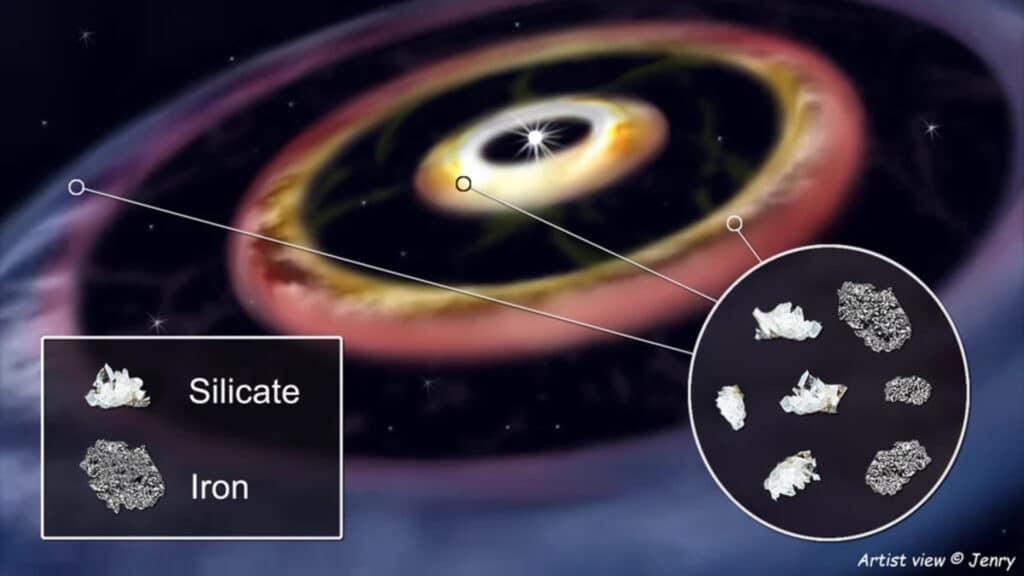Using the the European Southern Observatory’s (ESO) Very Large Telescope Interferometer (VLTI), scientists from the Max Planck Institute for Astronomy (MPIA) detected a three-ringed structure in the inner disk of a young star named HD 144432 — located about 500 light-years away — suggesting the formation of two Jupiter-mass planets within the gaps of these rings.
Astronomers believe the disk is home to metals and minerals like those in other terrestrial planets within the Solar System. The remarkable findings sheds light into conditions similar to the early Solar System over four billion years ago.
“When studying the dust distribution in the disk’s innermost region, we detected for the first time a complex structure in which dust piles up in three concentric rings in such an environment,” says study co-author Roy van Boekel, a scientist at MPIA in Heidelberg, Germany, in a media release. “That region corresponds to the zone where the rocky planets formed in the Solar System.”

Historically, astronomers have identified ring systems in young stars’ disks, but they were predominantly found in larger scales, corresponding to regions beyond Saturn’s orbit in our Solar System. The discovery of such a complex ring system near a star is unprecedented, occurring in a dust-rich zone, a crucial ingredient for forming rocky planets like Earth.
Researchers conducted detailed analysis of the disk’s dust composition. They found evidence of various silicates (metal-silicon-oxygen compounds) and other minerals present in Earth’s crust and mantle, and possibly metallic iron as found in Mercury’s and Earth’s cores.
“Astronomers have thus far explained the observations of dusty disks with a mixture of carbon and silicate dust, materials that we see almost everywhere in the Universe,” notes van Boekel. However, this new finding suggests an iron and silicate mixture more plausible for hot, inner disk regions.
This study is potentially the first to have discovered iron in a planet-forming disk, offering a glimpse into the conditions that might have existed in the early Solar System.
“We think that the HD 144432 disk may be very similar to the early Solar System that provided lots of iron to the rocky planets we know today,” says van Boekel. “Our study may pose as another example showing that the composition of our Solar System may be quite typical.”
The high-resolution observations necessary for this discovery were made possible by the VLTI, which combines four VLT 8.2-metre telescopes, effectively creating a telescope with a 200-metre diameter mirror. This allowed the team to resolve tiny details, using instruments like GRAVITY and MATISSE, in which MPIA played a vital role.

The findings have significant implications for understanding how common iron-rich, structured planet-forming disks are in the universe.
“We still have a few promising candidates waiting for the VLTI to take a closer look at,” says van Boekel.
This research opens new avenues for exploring the origins of planets and the composition of their birth environments, potentially shedding light on the processes that led to the formation of Earth and other terrestrial planets in our Solar System.
The study is published in the journal Astronomy & Astrophysics.












